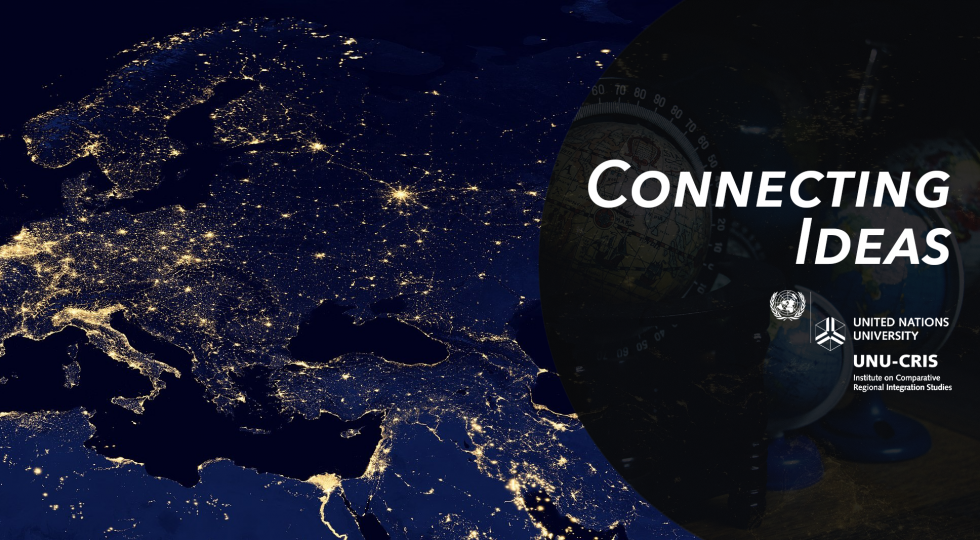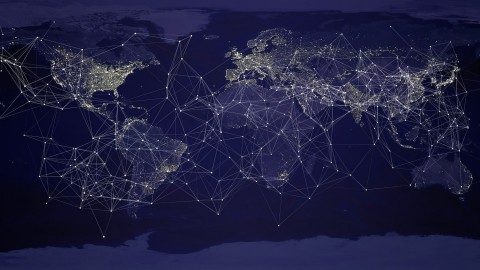What is Internationalisation?

Friday, 6 September 2019
Much has been said about this interconnected world, about common challenges faced by countries, and the relationship between the domestic and international spheres. As a result, concepts such as internationalisation have come to play a part in our daily lives. They, therefore, merit reflection. What is internationalisation? Well, this is a simple but tricky question! Herman Daly states that “Internationalisation refers to the increasing importance of international trade, international relations, treaties, alliances, etc. (…) The basic unit remains the nation, even as relations among nations become increasingly necessary and important.” But cities, business corporations, NGOs and universities are also examples of contemporary players in this internationalisation process, with each of these players having their own unique motivations.

Although the basic unit does remain the nation, internationalisation is not a process limited to relations between diplomats or international organizations. In traditional national diplomacy, civil servants, as well as diplomats, are also important players involved in internationalisation since they are responsible for implementing government external actions’ domestically. Cities’ internationalisation strategies, known as paradiplomacy, have given rise to international cooperative networks such as the United Cities and Local Governments (UCLG) organization and Mercocities. Business corporations are also important contemporary agents of internationalisation, adopting global market strategies and engaging with governments, societies and institutions around the world. Even citizens participate in efforts to engage in international relations through transnational movements and non-governmental organizations to bolster their activist agendas. It seems that Anne-Marie Slaughter’s idea of “A New World Order” composed of horizontal and vertical networks is increasingly reflective of the contemporary international environment.
With so many different scenarios, challenges and strategies at play, internationalisation is not necessarily a cooperative process, it can also be based on individualism and competition. On the one hand, regional integration projects around the world (the European Union, Mercosur, the African Union etc.) are illustrative of cooperative internationalisation. On the other hand, classic examples of competitive internationalisation emerge in open markets (business corporations), issues relating to resource extraction and international investments (local governments) as Saskia Sassen and Fernanda Sánchez outline in their research.

In the case of higher education, what should be considered as indicators when analysing levels of internationalisation? The internationalisation of universities can have many different players and motivations: international organizations, national governments, ministries of education, higher education institutions‘ staff. From an organizational point of view, adherents of the Nordic School theory of internationalisation in particular stress the need to overcome physical distances, stimulate greater engagement in networks, and foster entrepreneurship (innovation, marketing, and structure). Recognizing this, universities are investing in new communication technologies and creating multilingual access to subjects and internal rules.
To counter the costs of academic mobility, universities around the world can instead use technology to host conferences, to support distance learning students, to share methodologies and results and to publish multi-authored papers and articles. Specifically, in the case of South America, where teaching subjects in languages other than Spanish and Portuguese was not so common in the past, nowadays we see efforts being made to change this. In Brazil, there is a growing movement among national government and public universities to increase the number of subjects taught in other languages. The Federal University of Latin American Integration (UNILA, Brazil) and Federal University of Rio Grande do Sul (UFRGS, Brazil) are both examples of public institutions of higher education that support non-Portuguese language subjects and are investing in translating their websites and documents into English.
One may ask: why is internationalisation in higher education chosen as the topic of this UNU-CRIS Blog? To which we respond that education deals with introducing and reinforcing cultural norms, that are, as Michael Mintrom outlines, “a crucial goal in highly multicultural societies". Consequently, education plays an important role in regional integration! It is no coincidence that the EU has put such effort into the European Higher Education and Bologna Process (EHEA) and these efforts are being replicated by other regional integration projects such, as the Pacific Alliance and Mercosur.
_________________________________________________________________________________________________________

Glaucia Bernardo is a Visiting Scholar at UNU-CRIS and PhD Candidate in Public Policy at the UFPR (Brazil). Administrative at IFPR (Brazil).
Contact: gbernardo@cris.unu.edu / glaubernardo@gmail.com

Leonardo Mèrcher holds a PhD in Political Science at the UFPR (Brazil) and is Professor of International Relations at UNINTER (Brazil).
Contact: leomercher@gmail.com
